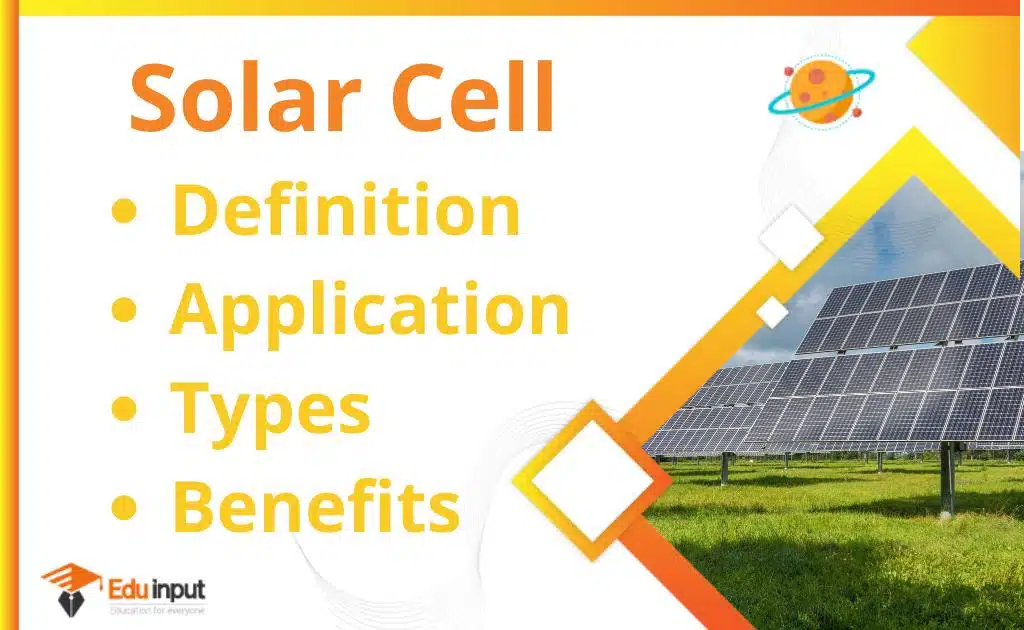Photodiode-Definition, Modes, And Applications
A photodiode is a device that produces current when it absorbs light. Light and X-rays are able to reach the sensitive part of the device with the package of a photodiode.
Photodiode
Devices designed for use as a photodiode use a PIN junction rather than a PN junction to increase the speed of response. As their surface area increases, photodiodes will have a slower response time. A large area photodiode is a solar cell used to generate electric solar power.
For its own sake or as a measure of other property, photodiodes are used in scientific and industrial instruments to measure the light intensity or density of smoke. In household remote controls, a photodiode can be used as the receiver of data on an IR beam. An optocoupler can be formed by using photodiodes, which allow the transmission of signals between circuits without a metallic connection.
The photodiode is a device that is used in various applications like photography, imaging, night vision, etc. The photodiode is a semiconductor device that acts as an optical receiver. It is used for converting optical signals into electrical signals.
Photodiode Working
The basic working principle of a photodiode is very simple. Light enters the photodiode and creates electron-hole pairs in the semiconductor material. The generation of electron-hole pairs occurs when a photodiode is subjected to light. The electron-hole pairs are created if the energy of the falling photons is greater than the energy gap. Due to the electric field of the junction, the electron-hole pairs are separated. The holes move towards the p-side when the electrons move towards the n-side.
The amount of electrons on the n-side and holes on the p-side has increased. Current flow can be seen when an external load is connected to the system. The more force is created, the better the current flow. The magnitude of the force created depends on the intensity of the light.
A reverse bias can be used to observe the effect of the proportional change in photocurrent and light intensity. Since photodiodes generate current flow directly, they can be used to detect optical signals. The power and productivity of a photodiode can be improved with built-in filters.
Modes of Photodiode
There are two modes of the photodiode
- Photovoltaic mode
- Photoconductive mode
Photovoltaic mode
In photovoltaic mode, photocurrent flows into the anode through a short circuit If the circuit is opened or has a load impedance that restricts the photocurrent out of the device, a voltage builds up in the opposite direction of the anode positive.
A forward current will consume all or part of the photocurrent if the circuit is short or low. The basis for solar cells is the photovoltaic effect and this mode exploits that. The photovoltaic cell will only have a small forward current compared to the photocurrent in order to get optimum power output.
Photoconductive mode
In photoconductive mode, the diode is reverse biased, that is, it has a positive side to it and a negative side to it. This reduces the response time because the additional reverse bias increases the width of the depletion layer, which decreases the junction’s capacitance and increases the region with an electric field that will cause electrons to be quickly collected.
The reverse bias creates a current that is not much different from the photocurrent. The Johnson–Nyquist noise of the load resistance in a typical circuit often occurs due to the low leakage current of good PIN diodes.
Applications
Consumer electronics devices that use photodiodes include compact disc players, smoke detectors, medical devices, and the receiver for the remote control device used to control equipment from televisions to air conditioners. Both photodiodes and photoconductors can be used for a lot of applications.
Either type of photosensor can be used for light measurement, as in camera light meters, or to respond to light levels, as in the switch on street lighting after dark. It is possible to use photosensors to respond to incident light or to a source of light that is part of the same circuit or system.
A photodiode is usually combined into a single component with an emitter of light, either to detect the presence of a mechanical obstruction to the beam or to couple two digital or analog devices. The combination of light emitting diodes and photodiodes is used in many sensor systems to determine different types of products based on their optical absorbance.







Leave a Reply